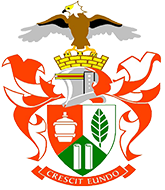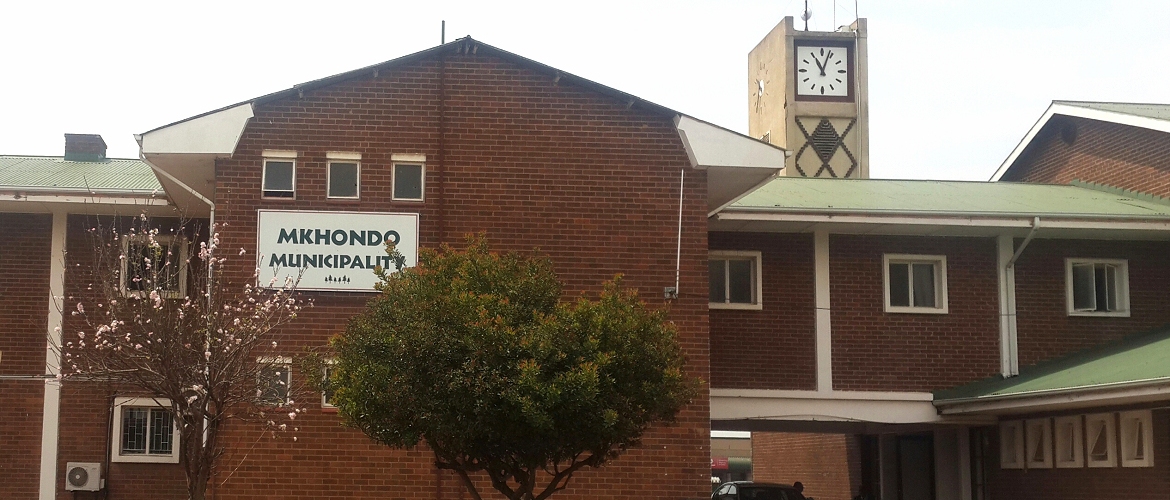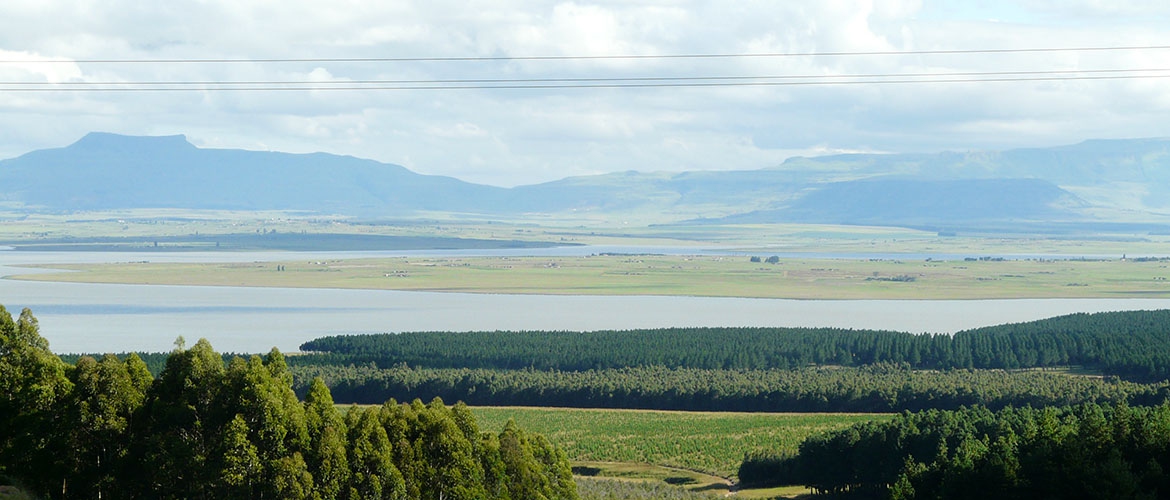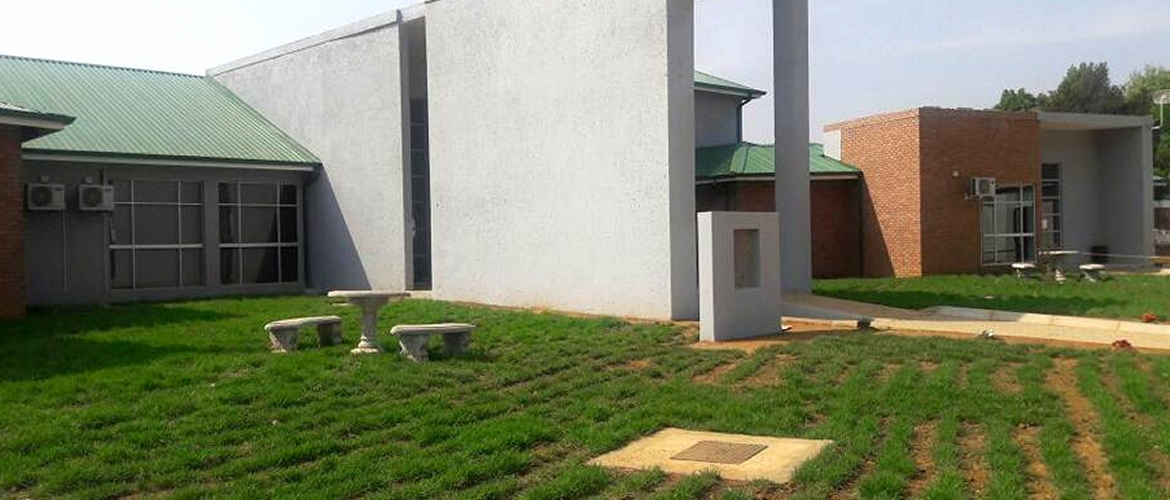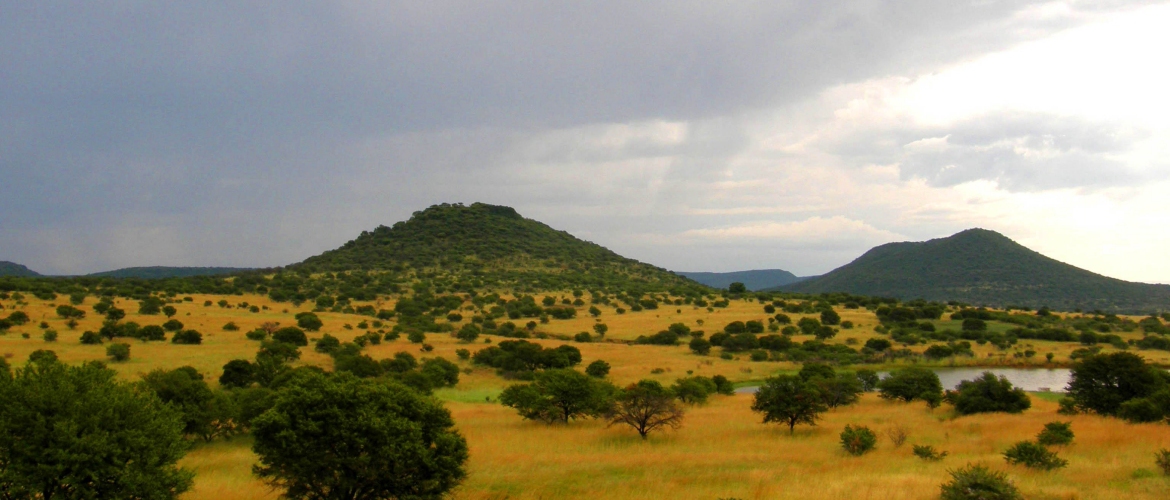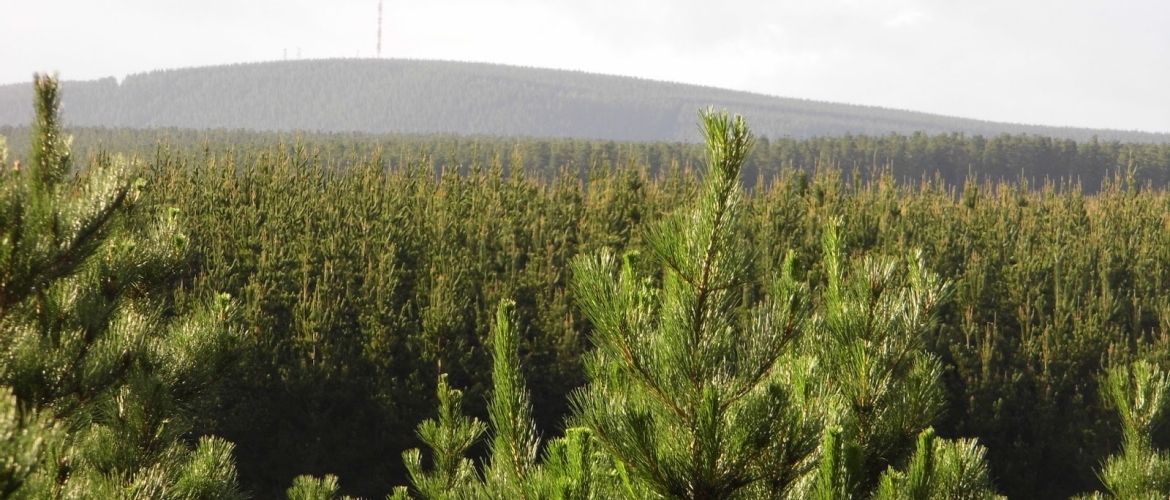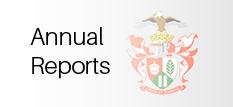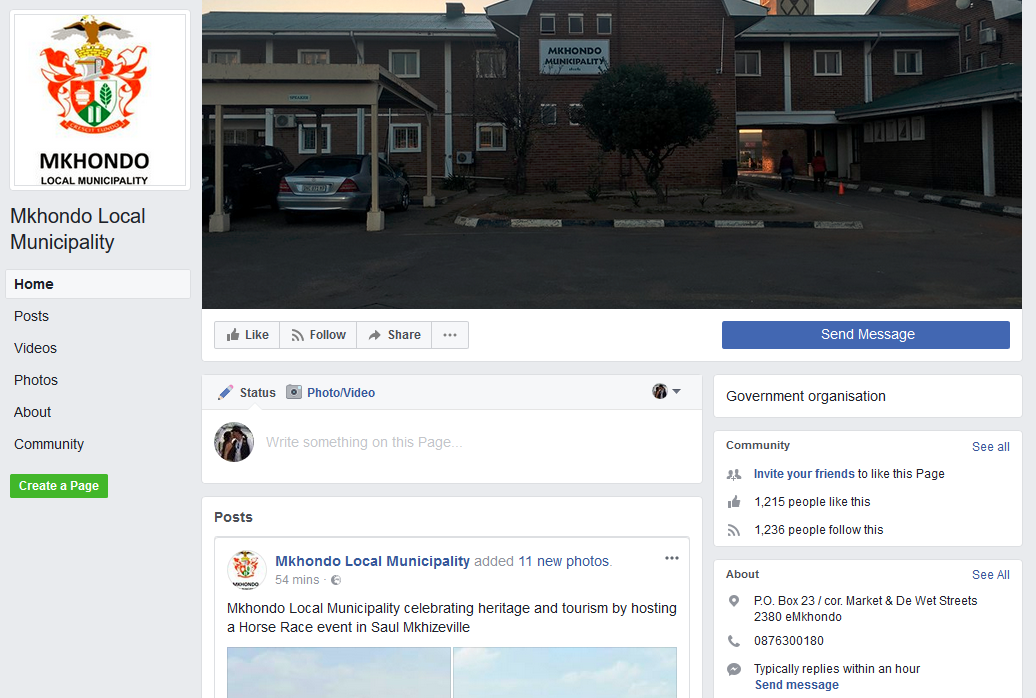Mkhondo (Piet Retief) is located on the Assegai River in the Assegai Valley, and surrounded by forests of indigenous yellowwood and hardwoods, and planted forests of Blue Gum, Pine and Wattle.
The town has a very interesting past and is steeped in history. All around the town is bits of interesting historical facts.The town of Piet Retief was laid out in 1883 on the farms Osloop and Geluk.
It became a municipality in 1932. Many Germans and Scots settled here in the later 1800s. This valley was so called after the Assegai River which runs through the valley, which is formed between the mountains of Swaziland and the Drakensberg escarpment of the highveld that runs between Ermelo and Wakkerstroom. An interesting and little known fact is that the Assegai River is a misnomer that was derived from the Zulu name for this river. In Zulu it is called the Mkonto river. This refers to an animal spoor and signifies how the river runs along a meandering course like the spoor of an animal. White settlers, however, confused the word Mkonto for Mkondo, which means spear. Therefore the word was improperly translated to be Assegai- or Spear River.
In those days, Piet Retief used to be a true frontier district and the whole area was much plagued by Swazi raiders from Swaziland. There was still the plague of tsetse flies and malaria in some areas, but it was for the largest part open and uninhabited country. The settlers that came from the highveld found it to be a region of very mild climatic conditions and high rainfall, with fertile soil. It was not long before they were using the Assegai valley in the winter time for grazing for their stock. The old farmers soon found out that the area was particularly suited for the cultivation of tobacco, and to this very day, the pipe tobacco brand, "Boxer" , is still called "Piet Retief Tobacco".
At first Piet Retief was not a separate district. It used to be part of the Wakkerstroom district, which used to be a very large district indeed. A Scottish settler by the name of Alexander MacCorkindale then managed to acquire a very large area of land which stretched from the region of Carolina through the town of Amsterdam, and includes parts of Piet Retief. For quite some time it used to be known as "New Scotland", because of the fact that the region reminded the settlers so much of Scotland, during summer.
His settlement was part of a plan of the old Transvaal Government to establish a Scottish buffer zone between the marauding Swazi and Zulu tribes, and the Transvaal.
The planned Scottish settlement was never really successful, but even today the Scottish influence can still be seen on farm and place names such as Athole, Roburnia (named after Robert Burns, the Scottish poet), Bonnie Brook and Londina.
After MacCorkindale's death the land was divided and sold off to mostly Afrikaaner families. In later years, many German immigrants also came to this region. At first they came as tradesmen and since the 1870's they had been busy working as woodcutters and carpenters in the mountains between Piet Retief and Wakkerstroom. It is not widely known that there are lush indigenous evergreen forests in this area with magnificent old yellowwood and other precious hardwood trees. These were cut up into planks and beams for the young and growing Transvaal Republic,and much of the wood was transported as far as Lourenco Marques, Kimberley, Warden, Barberton and even Botswana. Over the years the German settlers became successful farmers, and today Piet Retief has a particularly large and thriving German community. After 130 years and more, most German families still speak German as a mother tongue, and the German culture and religion is still strong.
The town was named after the European pioneer (Voortrekker) Piet Retief (1780 - 1838). Retief originally farmed near Grahamstown, but joined pioneers moving to the north when he ran into financial difficulties. He went bankrupt at least twice through gambling and land speculation.
© Free Joomla! 3 Modules- by VinaGecko.com
Quick Links
Contact Us
Physical address
Cnr Market and De Wet Street
eMkhondo
Postal address
PO Box 23, eMkhondo
2380
Tel: +27 17 004 0197
Website: http://www.mkhondo.gov.za
